Seppa katana : Located between Tsuba and Habaki of the Japanese sword
What is a Seppa?

Seppa is a component of Japanese sword accessories that is consumed second only to mekugi. Due to the use of thin metal plates as material, it is easy to distort the surface of seppa that has been used for a long time when replacing the tsuba and inserting the sword into the saya. Sometimes its traces can remain in contact with the tsuba.
Seppa dai refers to the part in the center of the tsuba that contains the seppa, sometimes concave, sometimes raised, with various shapes. It is said that the shape and technique of the seppa dai can indicate the age and region of production. Tsuba makers engrave the inscription and date on the seppa dai.
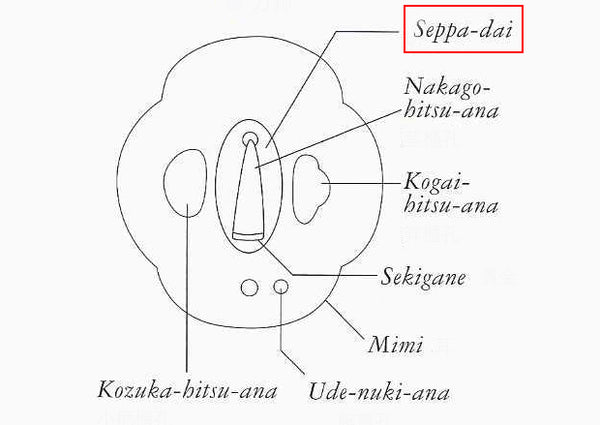
What is seppa material?
In general, seppa is made of copper, Onggi and other metals that are easy to work with and resistant to rust. In addition, gold, gold-coated metal, and iron are also used, especially in the luxurious tachi-koshirae, and there are also seppa made of leather and aluminum.
Types of seppa
Seppa for tachi, seppa for katana
There are 6~8 seppa for tachi. On one side, there are 1 o-seppa, 2 ko-seppa, and 1 sasara-seppa, which is sandwiched between the ko-seppa.
Although katana is usually installed with a pair of 2 ko-seppa, ko-seppa on katana is usually just called seppa since o-seppa is not installed on katana.
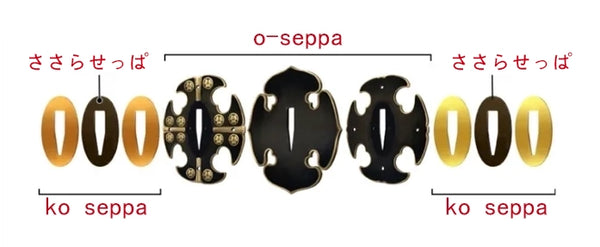
The army's seppa is even more detailed than the tachi and katana, since the shape of the sergeant's sword is similar to that of the tachi, so it is specified to have 2 o-seppa and 3 ko seppa on each side, for a total of 8.


Guntō's seppa has rectangular slender holes for "blade fixation". The blade clamp not only removes the slender spring type, but also has a type of "buckle" that connects the belt through the seppa and tsuba holes with Saya's snap ring.


Naval guntō is more elaborate than army guntō, due to a strong sense of honor. The tsuba itself is rarely decorated and carved, and its characteristic feature is the decoration of the o-seppa with a "rising sun".


How to make seppa
A seppa is made by a craftsman (shiroganeishi) who makes parts such as habaki. The process and tools used vary from person to person, but the general procedure is the same.
Prepare a sheet of metal of the appropriate thickness according to the measured value.
② Cut a piece of sheet metal slightly larger than the seppa using a wire saw or other tool.
(3) Cut out the nakago-hitsu-ana in the center of the plate and polish it.
④Imprint the shapes of koiguchi and fuchi on the metal plate and cut out the shapes that are left open.

⑤ Sand the edges of the seppa with a file, etc., and place it together with the tsuba for observation, and confirm whether there are any problems with the shape of the seppa.
⑥Sand the front side of the seppa with sandpaper, etc. to create a longitudinal pattern.
(7) On the back side of the seppa, use a file to make horizontal lines.
(8) Make a stripe on the edge of the seppa with sujimayasuri, and finish it by lightly sanding it with sandpaper.

The seppa was originally made from a single sheet. When pure copper was used, it was necessary to repeatedly hammer the heated copper to achieve the optimum thickness, but nowadays, since metal sheets of various thicknesses are available, the process of hammering the sheet to stretch it is almost non-existent.
But on the other hand, without the process of heating and hammering, the metal would quickly stretch and deform, so modern seppa is not as strong as it used to be.
Although the seppa is an extremely small accessory on top of the katana, it still has material and color options for customizing the katana, which serves as a finishing touch.
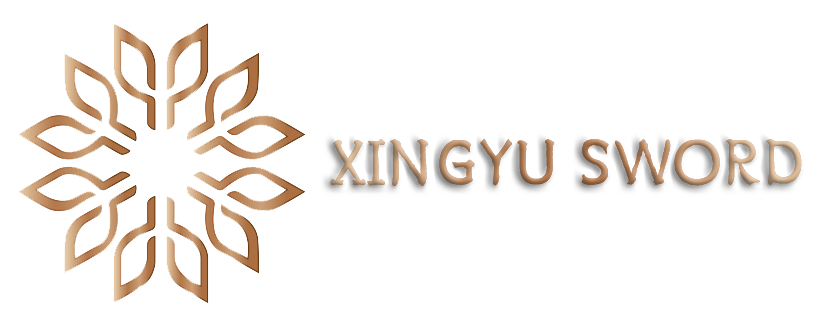
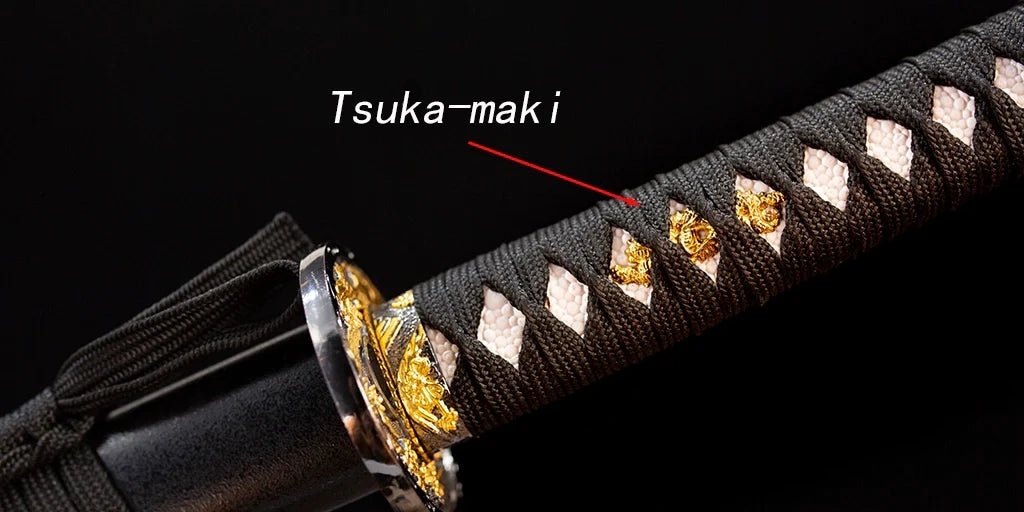
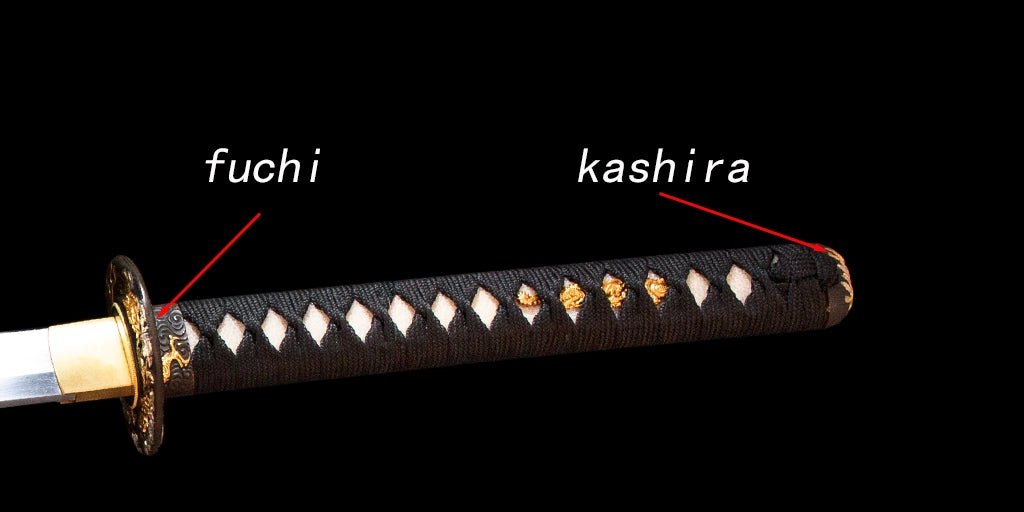
Leave a comment
This site is protected by hCaptcha and the hCaptcha Privacy Policy and Terms of Service apply.